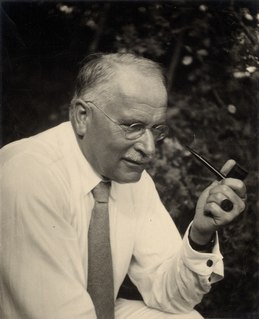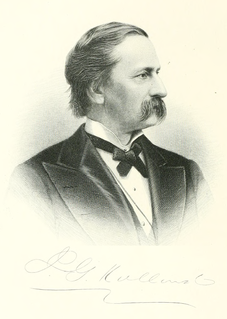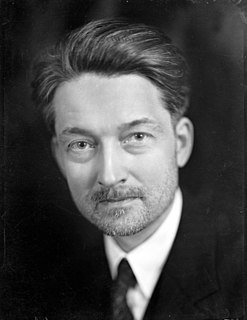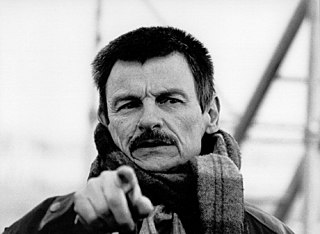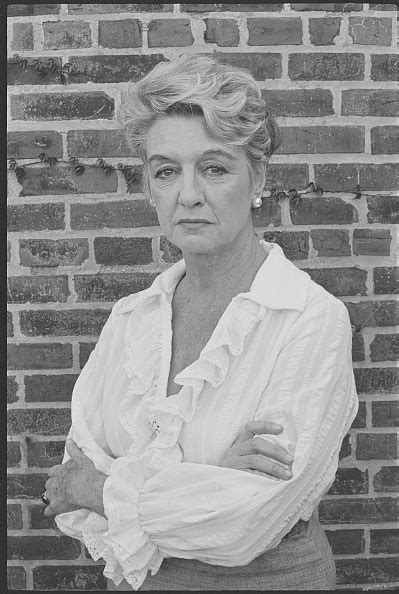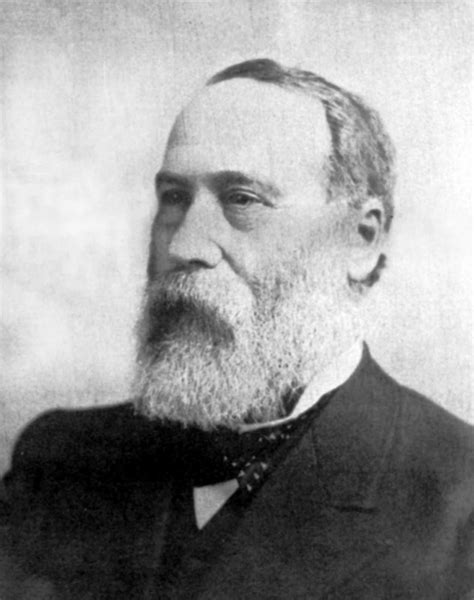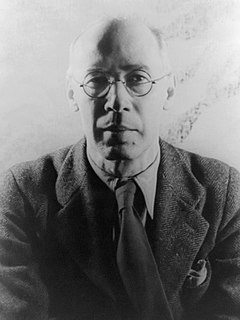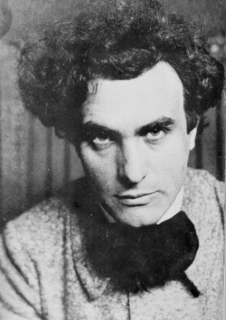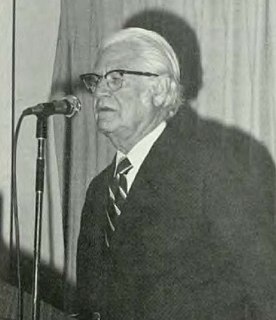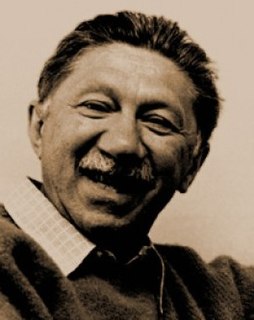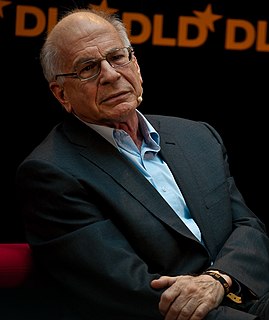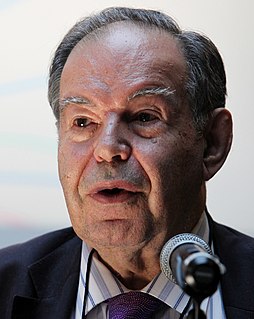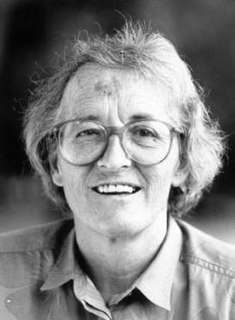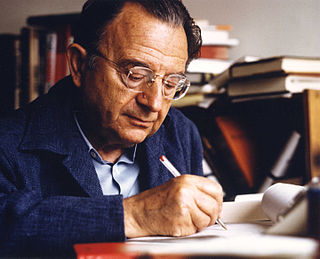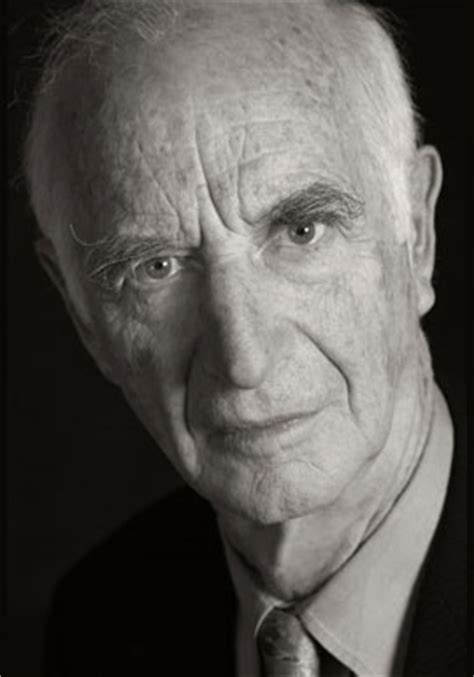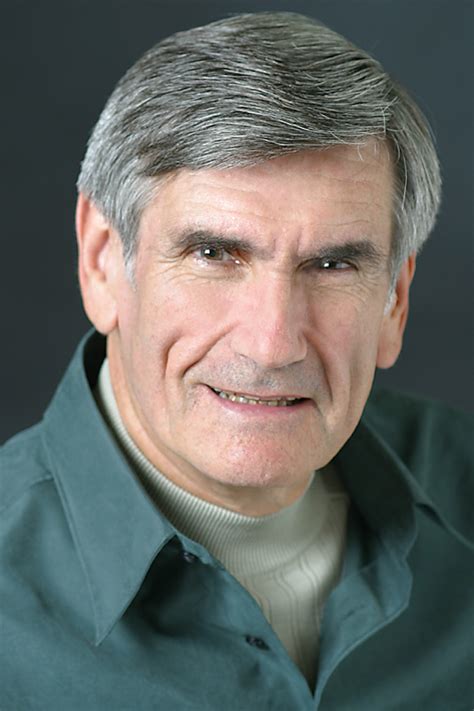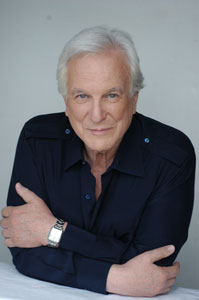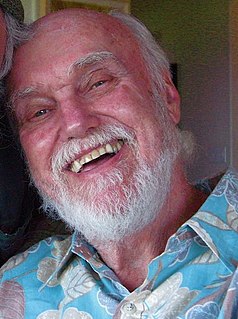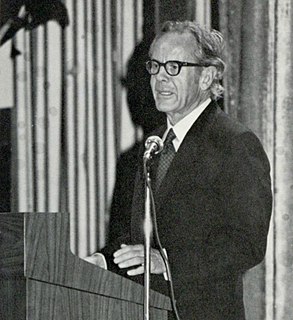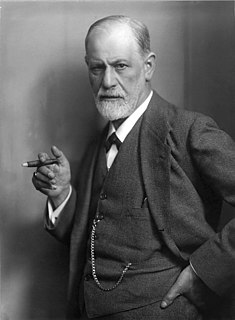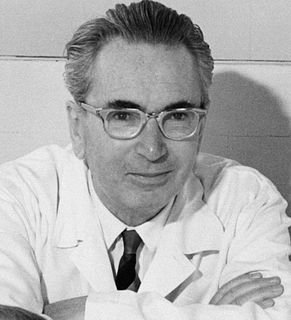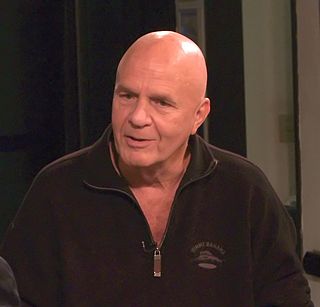A Quote by Carl Jung
Therein lies the social significance of art: It is constantly at work educating the spirit of the age, conjuring up the forms in which the age is more lacking. The unsatisfied yearning of the artist reaches back to the primordial image in the unconscious, which is best fitted to compensate the inadequacy and one-sidedness of the present. The artist seizes on this image and, in raising it from deepest unconsciousness, he brings it into relation with conscious values, thereby transforming it until it can be accepted by the minds of his contemporaries according to their powers.
Quote Topics
Accepted
According
Age
Art
Artist
Back
Best
Brings
Compensate
Conjuring
Conscious
Constantly
Deepest
Educating
Fitted
Forms
His
Image
Inadequacy
Lacking
Lies
Minds
More
Powers
Present
Primordial
Raising
Relation
Significance
Social
Spirit
Thereby
Transforming
Unconscious
Unconsciousness
Unsatisfied
Until
Up
Values
Which
Work
Yearning
Related Quotes
The creative process, so far as we are able to follow it at all, consists in the unconscious activation of an archetypal image and elaborating and shaping the image into the finished work. By giving it shape, the artist translates it into the language of the present and so makes it possible for us to find our way back to the deepest springs of life.
Art is a creative effort of which the wellsprings lie in the spirit, and which brings us at once the most intimate self of the artist and the secret concurrences which he has perceived in things by means of a vision or intuition all his own, and not to be expressed in ideas and in words-expressible only in the work of art.
Art is a kind of innate drive that seizes a human being and makes him its instrument. The artist is not a person endowed with free will who seeks his own ends, but one who allows art to realize its purpose through him. As a human being he may have moods and a will and personal aims, but as an artist he is "man" in a higher sense— he is "collective man"— one who carries and shapes the unconscious, psychic forms of mankind.
When I speak of the aspiration towards the beautiful, of the ideal as the ultimate aim of art, which grows from a yearning for that ideal, I am not for a moment suggesting that art should shun the 'dirt' of the world. On the contrary! the artistic image is always a metonym, where one thing is substituted for another, the smaller for the greater. To tell of what is living, the artist uses something dead; to speak of the infinite, he shows the finite. Substitution... the infinite cannot be made into matter, but it is possible to create an illusion of the infinite: the image.
All the lies and evasions by which man has nourished himself civilization, in a word is the fruits of the creative artist. It is the creative nature of man which has refused to let him lapse back into that unconscious unity with life which characterizes the animal world from which he made his escape.
The image cannot be dispossessed of a primordial freshness, which idea can never claim. An idea is derivative and tamed. The imageis in the natural or wild state, and it has to be discovered there, not put there, obeying its own law and none of ours. We think we can lay hold of image and take it captive, but the docile captive is not the real image but only the idea, which is the image with its character beaten out of it.
We act, we behave, and we feel the vibration that we're in at the present time according to what we consider our self image to be. And we do not deviate from that pattern. The image you hold of yourself is a premise, a foundation (idea) on which your entire personality is built. This image, not only controls your behavior but your circumstances as well.
If you look at the image [ Portrait of the Artist as a Shadow of His Former Self ], it treads on a kind of popular stereotypical image of the black figure, in both its flatness and slightly comic edge. To take that image as a starting point and to render it in a proto-classical medium, like egg tempera, and then use a repertoire of classical compositional devices to make the picture was a way of setting up an engagement with art history.
